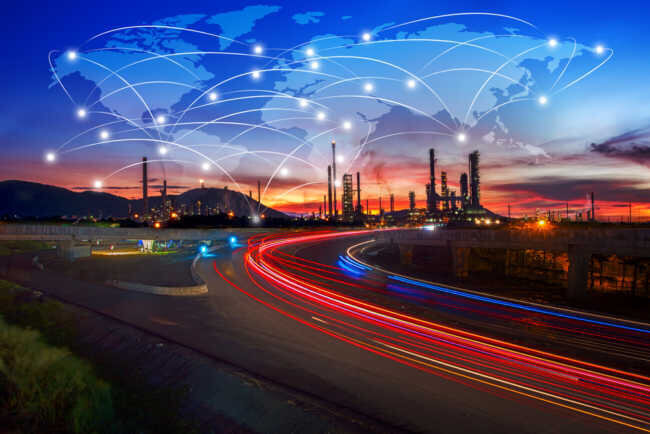Connected public lighting systems utilize advanced technologies, including artificial intelligence (AI) and IoT, to enhance the management and optimization of street lighting. These systems not only improve energy efficiency but also adapt lighting conditions based on real-time environmental factors.
Smart Streetlights and Connected Controls
Smart streetlights equipped with connected controls are at the forefront of this transformation. These lights can adjust their brightness depending on various conditions such as time of day, pedestrian activity, and weather. For instance, during low traffic periods or adverse weather, streetlights can dim to conserve energy, while increasing brightness in high-crime areas or during emergencies to enhance public safety[2][4].
AI Integration
AI plays a crucial role in optimizing connected public lighting. Projects like “AI & Satellite 4 Public Lighting” utilize satellite imagery and AI algorithms to accurately assess street lighting needs, ensuring that lights are only activated when necessary. This technology can differentiate between streetlights and other light sources, measure light intensity, and improve the overall efficiency of urban lighting systems[1].
Benefits of Connected Lighting
-
Energy Efficiency: By transitioning to LED technology and integrating smart controls, cities can significantly reduce their energy consumption. For example, cities like New York and Chicago have projected savings of millions annually by replacing traditional bulbs with LEDs and utilizing connected lighting systems[2].
-
Cost Reduction: Connected systems allow for remote monitoring and management, reducing maintenance costs. The City of Los Angeles, for instance, has implemented a system that not only tracks the status of streetlights but also provides real-time data on energy usage and outages, leading to more efficient operations[5].
-
Enhanced Public Safety: Connected lighting can respond dynamically to public safety needs. For example, lights can be programmed to brighten in response to detected pedestrian movement or during emergency situations, thereby improving visibility and safety[2][4].
-
Support for Smart City Initiatives: The infrastructure created by connected street lighting can support a variety of smart city applications, such as environmental monitoring, traffic management, and public Wi-Fi access. This multifunctionality helps cities leverage existing assets for broader urban improvements[3][4].
Conclusion
Connected public lighting represents a significant advancement in urban infrastructure, driven by AI and IoT technologies. By optimizing street lighting based on real-time conditions, cities can enhance safety, reduce energy costs, and support the development of smart city initiatives, ultimately improving the quality of life for residents.
Further Reading
1. https://corporate.enelx.com/en/stories/2021/05/artificial-intelligence-and-satellites-for-public-lighting
2. Connected Street Lighting: A Strong Foundation for a Smart City – IIoT World
3. AI for more sustainable cities | Interact
4. Smart Energy: Taiwan street lights integrated with AI to promote energy saving and innovative applications | Smart Cities Dive
5. Smart Lighting Network: LA Bureau of Street Lighting


